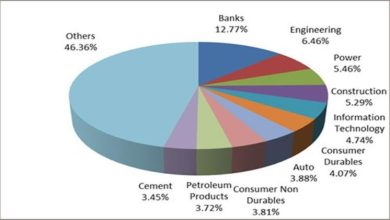Cybersecurity and Fraud Prevention in Banking and Financial Services

Cybersecurity and fraud prevention in banking and financial services are essential to safeguard customers’ interests. As technology continues to advance, there are increasingly dangerous threats from hackers and cybercriminals that could impact banks and their customers’ personal and financial data, potentially leading to significant losses for both parties.
Fraud is a serious issue for banks, as it can have severe repercussions and make future customers mistrust the institution, leading them to seek other businesses. Furthermore, cybercriminals may gain access to customer information which could be used for identity theft or fraudulent activity.
Banks can reduce their exposure to cybercrime by staying abreast of the newest technologies in cybersecurity. This may involve taking a multi-layered approach that guarantees all security measures are in place.
Banks must implement a variety of solutions in order to protect their customers’ data from theft. These measures can help detect and eliminate threats before they become major issues.
Synthetic identity fraud is one such threat. This involves pilfering personal data from the dark web and social media to create a false identity that can be used to deceive people into making payments or other online transactions.
These attacks can wreak havoc on banks, leading to the loss of valuable assets and customer information. While some of these assets can be recovered easily, others may require more effort for recovery.
Financial institutions must adopt a comprehensive cybersecurity strategy that includes firewall upgrades and anti-virus software. These measures provide additional layers of defense against potential attacks, but they won’t work without up-to-date software and virus signatures.
Hackers and other cybercriminals are constantly on the lookout for ways to break into a bank’s system. Nowadays, these attacks have become much more sophisticated, requiring advanced technology in order to be successful.
Many banks are implementing cybersecurity policies to safeguard their customers’ data from hackers and other cybercriminals. These may include using strong passwords and implementing multi-factor authentication, which requires a code be sent to the customer’s phone before they can access their account.
Another essential feature of a bank’s cybersecurity policies is their capacity to monitor and detect any breaches, no matter where they take place. Once discovered, any breach should be reported immediately to the appropriate authorities for investigation and remediation.
Recent research into the United Kingdom’s banking industry has revealed that cyber fraud is a growing concern, with losses from it rising by 92% in 2019. Therefore, taking proactive steps when protecting your customers’ information is critical for any business.
Security of a bank’s data is essential for regulatory compliance, as it helps avoid fines being levied against them. These fines can be costly and difficult for the bank to recover from, so ensuring they follow proper security protocols is imperative.
